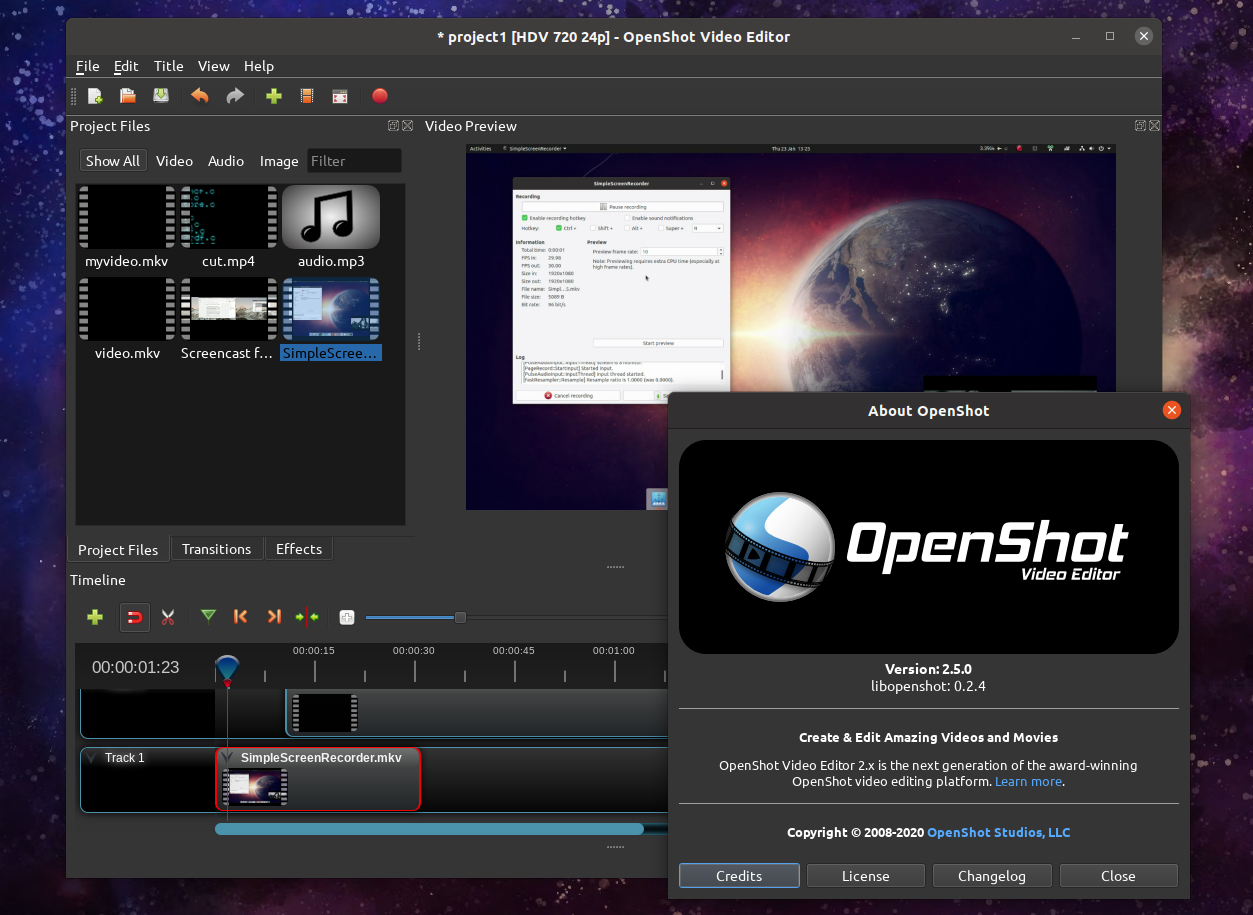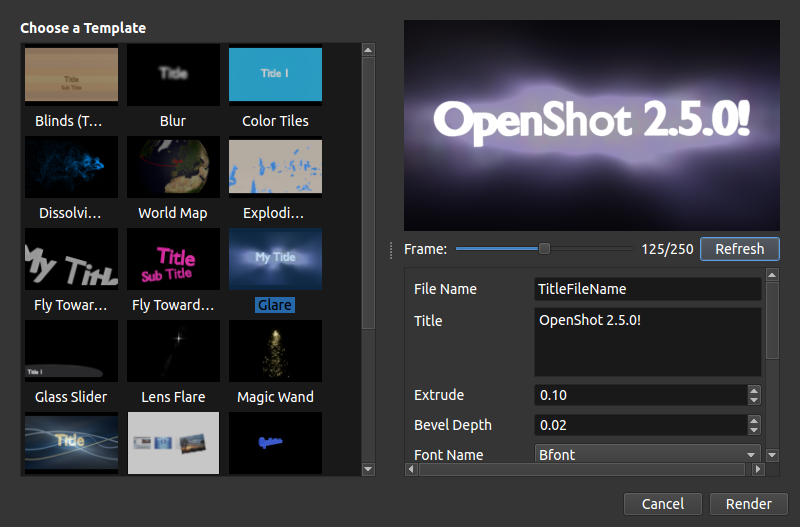
In this post, I will briefly cover OpenGL and its usage in Java, including an introductory but completely useful tutorial. Relying on the main CPU for such tasks would imply that only less complex renderings could be done and that a lot of CPU time would be wasted to cope with the graphic routines. It basically allows the software to draw complex graphics dealing with user coordinates, scaling, panning, zooming, rotations and texture rendering, both in 2D and 3D.īy providing such functionality close to the actual rastering output device, there is a reduction on both CPU usage and I/O bus bandwidth, which effectively enables to do complex renderings and animation, both in 2D and 3D.


A GPU is a specific purpose CPU which provides the floating-point and matrices processing capabilities which are commonly used in 2D and 3D rendering. This is achieved by means of a specialised CPU (which is called GPU - graphics processing unit - ). While some graphics cards present more power and functionalities than others, a basic set of 2D and 3D acceleration is present in almost every modern device. Hardware acceleration was once a high-end feature of specialised computers, such as Silicon Graphics UNIX workstations that were widely used in the film and TV industry during the 90s, but now it is a common feature present in every computer built during the last 15 or 20 years. Conventional charting tools and libraries are not fast enough for this task and hence custom graphics programming is needed. Hardware acceleration is often seen as a niche solution for game development, but there are many other graphical applications that can benefit from this technology, especially those involving data visualisation such as specialised data science tools or software displaying real time data.

Silicon Graphics workstations were used both in the movie and in the dinosaurs modelling and rendering process. In the photo, a film frame from “Jurassic Park”. They introduced IrisGL API (which is considered the direct father of OpenGL) and they were extensively used in movie and TV industry during the 90s. Silicon Graphics shined as a high-end 2D/3D graphics hardware-accelerated rendering workstation.


 0 kommentar(er)
0 kommentar(er)
